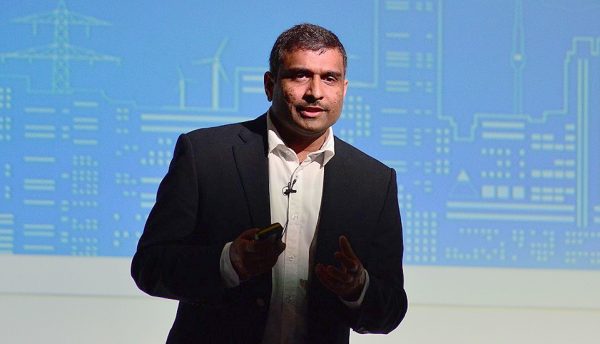Industrial automation and artificial intelligence have been associated together since the 1940s. The concept of applying artificial intelligence, embedded in hardware and software, into industrial and control systems for the purpose of improving productivity as well building modeling techniques is not new. However, in the past, the marriage of artificial intelligence and industrial equipment has been hampered due to a number of limitations.
This includes poor quality, over structured, and disconnected streams of data, often at too high speeds of transmission. With slower network speeds in the past, slower computing systems as well, artificial intelligence based applications, were unable to cope with the volumes of data from traditional industrial systems.
Bhanu Shekhar, Chief Digital Officer, GE Power Middle East and Africa, also explains that high fidelity systems that reconfigure asset values within a certain range, to ensure optimum industrial performance, have existed for the last thirty years. But their ability to reconfigure assets based on real-time data transmissions has traditionally been very difficult.
Other than the compute and networking device limitations within traditional industrial systems, high fidelity systems from each manufacturer were also unable to talk to each other. Hence, each asset was built to optimise itself based on its range of operating parametres, and was excluded from the operating conditions of the overall industrial equipment or plant.
“Traditionally when the plant went live it was using a range of OEM parametres to perform. Industries have been built by using traditional operational processes. How to switch to different models of operation recognising the inputs, existed but not to such an extent. Multiple models built by OEMs were not interacting with each other. Now assets need to be connected and start understanding how much each one has deteriorated with time,” says Shekhar.
The previous world of high fidelity systems is changing now. The development of edge computing through intelligent and efficient sensors distributed across industrial networks is allowing data processing within the closed network itself. Both network speeds and compute processing have progressed exponentially since the 1940s, when this innovation cycle was first initiated.
But now it is being fed into machine learning algorithms. This is boosting the development of high fidelity models and taking them to the next level of performance.
Key takeaways
- High fidelity systems that reconfigure asset values within a certain range have existed for the last thirty years.
- Multiple models built by OEMs were not interacting with each other.
- Assets need to be connected and start understanding how much each one has deteriorated with time.
- Whatever is needed to be addressed within milliseconds we put it on the Edge device, wherever it is long term analyses you do it on the cloud.
- The next level of integration is the ability to bring together, high fidelity models of each asset into a much bigger set up.
- Can you take high-fidelity systems which exist, and can you put it so that the whole set up gets optimised.
Improvement in network and compute speeds are now allowing vendors such as GE Power to build an – Edge to Cloud strategy. According to this process, select data is analysed through Edge devices, that reside on the operational technology side of control systems. Edge devices provide millisecond compute and help to rapidly optimise the asset. The rest of the data that is not required for optimisation of the asset is sent to the cloud for analytics.
“Some of the information needs to have a feedback loop. You do not want some information to go the cloud, where somebody analyses and then it comes back. A lot of these functionalities are sitting with the Edge device, and a lot of analytics are getting built on those Edge devices. Whatever is needed to be addressed within milliseconds we put it on the Edge device, and wherever it is long term analyses you do it on the cloud,” adds Shekhar.
GE Power’s Edge to Cloud strategy, therefore delivers a two-fold benefit for industrial end users. When data is streamed into cloud based analytical applications, they gain from the insights. But the biggest value is the real-time optimisation of the industrial asset, generated by the Edge device itself.
The next level of integration is the ability to bring together, high fidelity models of each asset into a much bigger set up. “Today the biggest value for the customer is can you take these high-fidelity systems which exist, and can you put it so that the whole set up gets optimised,” points out Shekhar.
Click below to share this article






